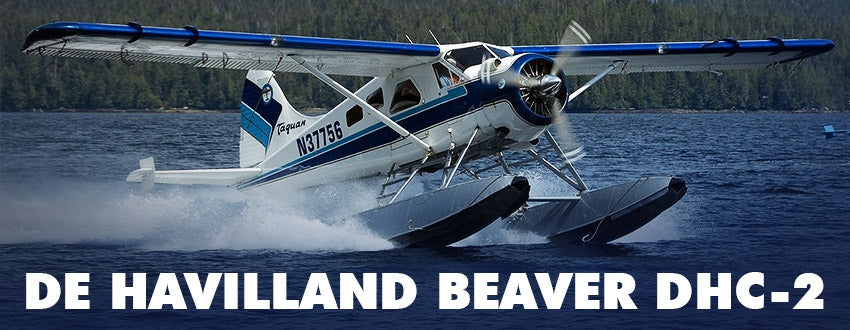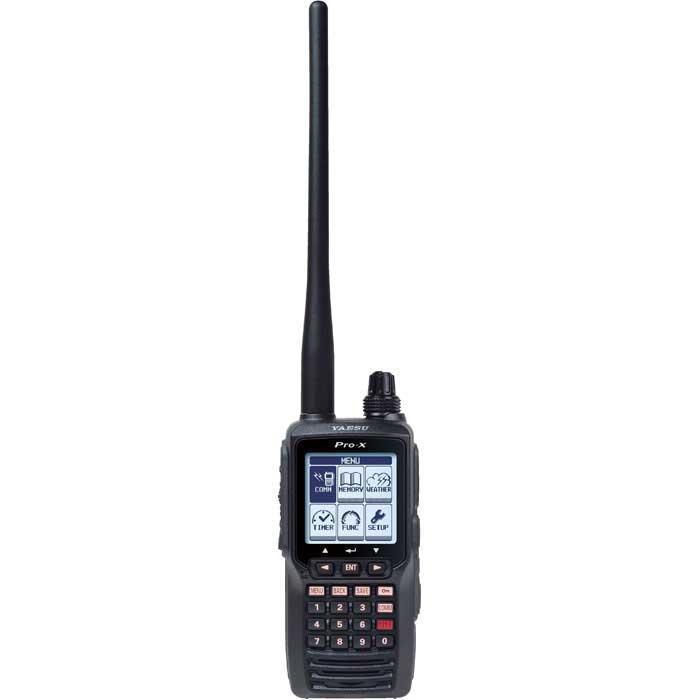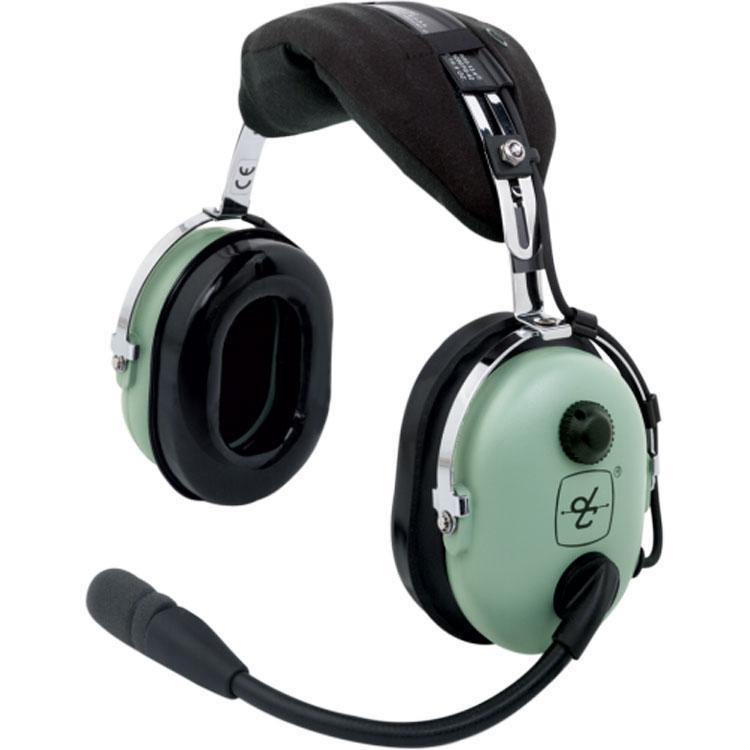Canada is home to plenty of rugged wilderness that just begs the adventurous pilot to come explore it. With towering mountain summits presiding over turquoise blue lakes and an abundance of wildlife, the lure of the Canadian wilderness is all but impossible to ignore, so perhaps it is only natural that a Canadian company was the maker of arguably the best bush plane in history – the De Havilland Beaver DHC-2.
(By RuthAS - Own work, CC BY-SA 3.0,)
History of the De Havilland Aircraft Company
In 1920, Geoffrey de Havilland, then a technical director and chief designer for British aircraft manufacturer Airco, found himself out of a job after the company was bought and subsequently shut down. Undaunted, he decided to simply form his own company: De Havilland Aircraft Company Limited.
The new company got its start finishing up an unfilled Airco order. In 1925, de Havilland released the Moth – an aircraft of his own design – and it was such a success that in 1928 he took the company public and decided to incorporate a subsidiary in Australia as well as another in Canada to build the Moth.
The parent company would eventually merge with others and disappear entirely. The Australian subsidiary would be purchased by Boeing and renamed Boeing Aerostructures Australia, but the Canadian offshoot took on a life of its own and is still in existence today, over 90 years later.
De Havilland Aircraft of Canada Limited began to create their own designs starting with the all-metal Royal Canadian Airforce trainer, the DHC-1 Chipmunk.
De Havilland successfully established their reputation in North America, in 1946 de Havilland focused its attention on the design and development of “a rugged, highly versatile bush plane that could takeoff and land almost anywhere, helping connect communities in Canada’s most remote northern regions.”
They christened this new plane the DHC-2 Beaver.
Designing the De Havilland Beaver

(By Dllu - Own work, CC BY-SA 4.0,)
Once De Havilland determined that they were going to design a purpose-built aircraft that would thrive in the harsh and unforgiving northern Canadian wilderness, the design team turned to the experts in that arena.
The team conducted a first-of-its-kind market research survey of their desired customer base – Canadian bush pilots – asking what the bush pilots wanted and needed terms of the capabilities of a utility aircraft. The pilots enthusiastically shared their needs and ideas with the team, forming the basis of the new DHC-2 Beaver design.
The bush pilots overwhelmingly stressed that a successful northern Canadian aircraft must be rugged and reliable. They needed a highly versatile vehicle capable of taking off and landing nearly anywhere and on all types of terrain including snow and water while handling at least a half-ton payload.
(By Robert Frola - Flickr, GFDL,)
When warned that such a plane would have poorer flight performance, the pragmatic pilots are said to have responded that the plane just needed to be faster than a dog sled.
De Havilland’s team took notes and when the Beaver made its debut flight in August of 1947, it incorporated all the bush pilots’ feature requests forever ensuring this hardworking plane its place in the hearts and hangars of generations of backcountry pilots.
At one point the US Army purchased several hundred of the DHC 2 Beaver for military services and this utility aircraft became adopted by the US Air Force Auxiliary for search and rescue missions.
Actor Harrison Ford is one of the most high-profile Beaver owners. A very vocal admirer of this aircraft, he counts the Beaver as his favorite amongst his personal fleet.
When asked about the Beaver as part of the Spark documentary film The Immortal Beaver, Ford responded,
“It’s a fun airplane to fly and it gets you in almost any place. It makes me happy to get in it, and that’s all I can say.”
(By Ahunt at English Wikipedia - Transferred from en.wikipedia to Commons by Common Good using CommonsHelper., Public Domain,)
Key Design Features of the Havilland Beaver
The Beaver’s most notable design features are the ones that the surveyed bush pilots specifically requested. The unique combination of features sets the Beaver apart from the competition and has led to its success and longevity as a work plane both for bush pilots and the military.
Versatile configuration
In the Canadian backcountry, a plane’s ability to excel in short takeoffs and landings (STOL) is everything. Runways of any kind can be scarce, and those that exist are often short and unpaved.
Pilots need to be able to land nearly anywhere, and the Beaver is designed to be outfitted with wheels, floats, skis, and amphibious floats so it is ready for any type of terrain.
Long wings and a powerful engine
The secret to the Beaver’s quality STOL performance, especially for such a heavy aircraft, lies in a combination of 2 key design features. The wings are long with a span of 48 feet. These long wings paired with the powerful 450 horsepower Pratt & Whitney engine generate substantial lift.
Aileron and flap use during takeoff
Unlike most aircraft, the Beaver’s ailerons and flaps are both designed to be lowered during takeoff. This uncommon design element generates additional lift and further improves the Beaver’s STOL performance.
Full-size cargo doors
The Beaver is designed to be a work plane. The bush pilots asked for at least a half-ton payload because they had vital cargo to haul between remote towns and villages much as trucks and trains do on the ground.
Not only did the Beaver need to be able to handle the weight of that cargo, it also needed to be configured so that the pilots could easily load and unload said cargo even if that cargo was large and bulky.
To facilitate this, the De Havilland designers gave the Beaver full-size cargo doors to the aft on either side of the aircraft. These doors were made wide enough to load 55-gallon drums.

(By © Raimond Spekking / CC BY-SA 4.0 (via Wikimedia Commons), CC BY-SA 4.0,)
De Havilland Beaver DHC-2 Specifications
- Engine: 1 x Pratt & Whitney R-985 Wasp Jr. radial engine
- Horsepower: 450 hp
- Propeller: Hamilton Standard 2-blade-constant-speed or Hartzell 3-blade
- Length: 30 feet 3 inches
- Height: 9 feet
- Wingspan: 48 feet
- Wing Area: 250 square feet
- Wing Loading: 22.4 pounds per square foot
- Seats: 1 pilot and 6 passengers
- Maximum Cabin Height: 4 feet 3 inches
- Maximum Cabin Width: 4 feet
- Empty Weight: 3,000 pounds
- Maximum Gross Weight: 5,100 pounds
- Maximum Takeoff Weight: 4,650 pounds
- Useful Load: 2,100 pounds
- Baggage Capacity: 125 cubic feet
- Fuel Capacity: 138 gallons
De Havilland Beaver DHC-2 Performance
- Takeoff Over 50 ft. Obstacle: 1,015 feet
- Rate of Climb, Sea Level: 1,290 feet per minute
- Top Speed: 179 miles per hour
- Cruise Speed: 137 miles per hour
- Stall Speed: 55 mph (flaps up) / 42 mph (flaps 45°)
- Fuel Efficiency: 8 air miles per gallon
- Endurance (economical cruising speed with takeoff and climb reserve): 4.25 hours
- Range: 578 miles
- Service Ceiling: 18,000 feet
- Landing Over 50 ft. Obstacle: 1,000 feet
Ready to fly a Beaver?
If all this talk of backcountry flying has you ready to find and fly De Havilland's DHC 2 Beaver, prepare for the trip with the ASA Mountain, Canyon, and Backcountry Flying guide.
This book reminds pilots of the unique fundamentals of flight preparation and execution that are unique to the backcountry type of flying that the Beaver does best.











